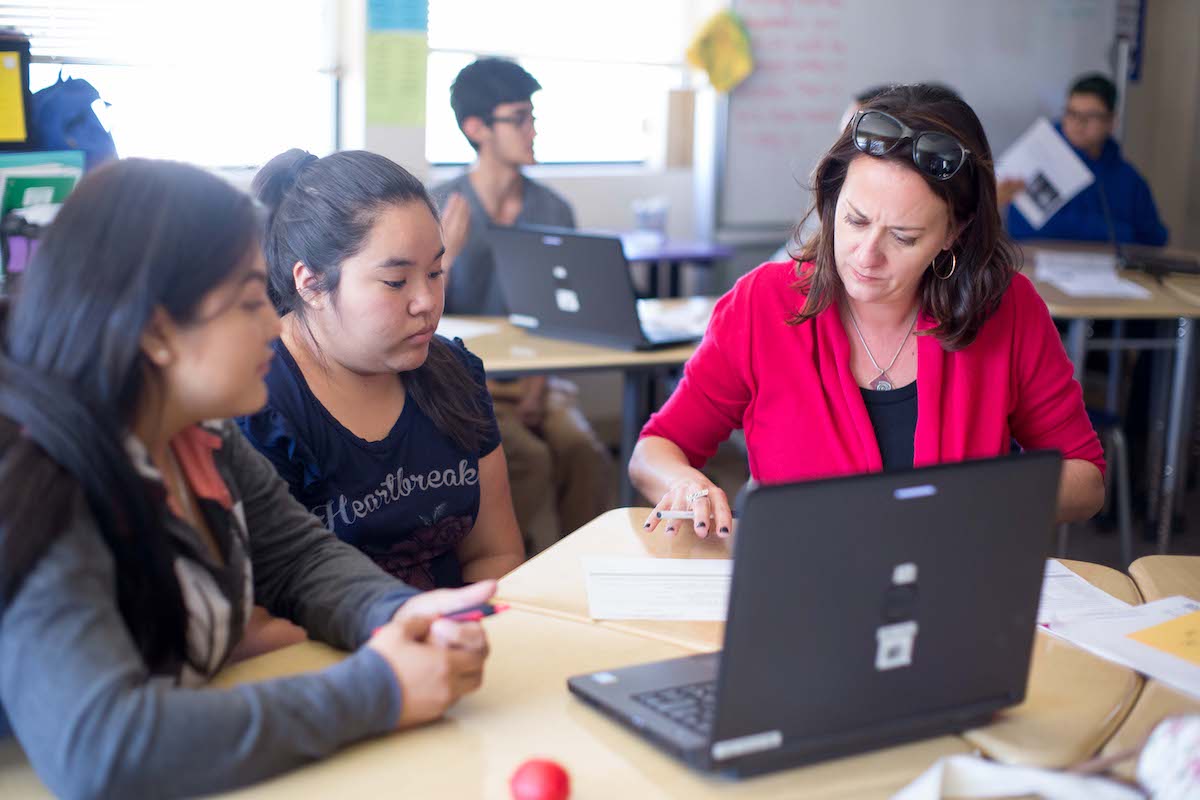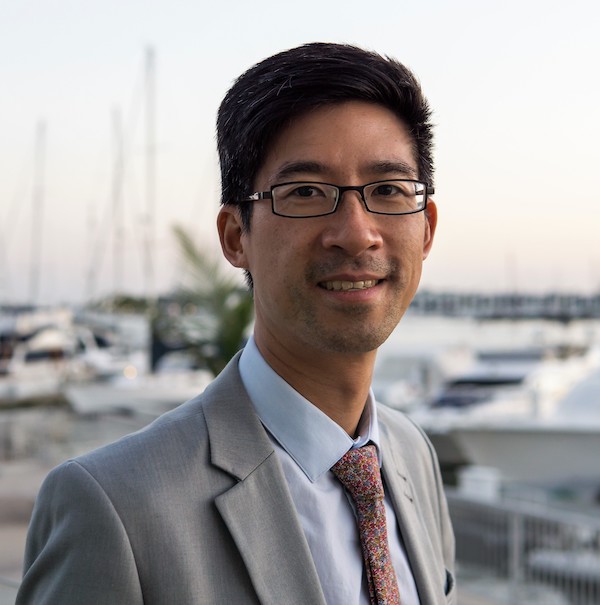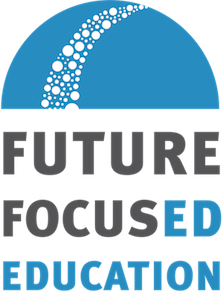Three New Roles of the Post-Pandemic Teacher

“Schools, students, families, and community organizations form an ecosystem, with all the interdependence that this implies. The health of one part depends on the health of the others.”
As we conclude a full year of educating students through a pandemic, and set about planning next school year, what have our challenges taught us about what teaching can look like going forward?
At Health Leadership High School, we faced the challenges of the pandemic by leaning into our three pillars:
- Student support: 360-degree support for social-emotional well-being
- Learning by doing: Hands-on, project-based learning
- Community engagement: Deep connections with community partners
The pandemic forced us into remote and hybrid learning environments, testing our ability to live up to the promise of our pillars. As the Director of Curriculum, Instruction, and Assessment at HLHS, I worked with our teachers to prioritize flexibility in the ways we support student engagement and learning. As a school, we committed to testing bold ideas, building new learning structures, reimagining how our three pillars interact, and redefining what true convergence means.
What does it look like to be a teacher in this model? There are three primary roles that such a teacher embodies. We used to see each role as the representation of a singular pillar, but now each role is a space where all three pillars converge.
The Three Roles of a Teacher
1. The Advisor
Every teacher at Health is an advisor who guides an advisory—a cohort of about 15 to 25 students who meet every day and stay together throughout their time at Health. Advisors take the lead in building relationships with students, which research tells us is foundational for student learning and well-being. Advisors intentionally create a culture of social and emotional learning where every student feels a sense of belonging.
Relationships have taken on an even greater resonance during the pandemic, when it has been harder for students and teachers to maintain consistent engagement with each other. One of our 9th graders tells the story of how his advisor built a relationship with him purely through virtual learning: “My advisor kept me grounded. She talks to me when she sees I’m upset, and she’s really caring. She makes me feel good about school, and more encouraged to keep coming. I feel really attached to her.”
Though relationship building naturally situates The Advisor role within the student support pillar, this work is immersed in the practices of learning by doing, including circle conversations, hands-on activities, and one-on-one meetings between advisors and students to discuss both academic and personal interests.
The advisor is also the first point of contact for a student’s family, which is where community engagement begins. This includes partnering with family members to support the student’s education, particularly through quarterly student-led conferences.
2. The Designer
Every teacher at Health is a designer of project-based learning centered within the needs and interests of each student. For many teachers, the role of designer is their comfort zone—creating lessons, activities, and assessments. However, this role is unique at Health, because curriculum design takes on the additional dimension of community engagement.
Our Senior Capstone Project demonstrates learning by doing within the community. In this culminating experience, our seniors design their own projects based on community needs they have identified alongside community partners. Learning experiences include internships, research symposiums, and community-facing Exhibitions.
These experiences are most effective when built on a foundation of caring relationships. This was evident in the way one of our students reflected on a project on the role of medical marijuna in palliative care: “My teacher showed me he understands we’re having trouble engaging, so he changed what we were doing and let us take our learning into our own hands. He asked us to show him what we’re passionate about. Some of us were interested in debating whether it was right to use cannabis, so he made debate part of our project. I was really excited. We got to choose our position, and there was lots of research involved. My teacher was open to students expressing themselves.”
3. The Connector
Every teacher at Health is a connector, acting as a bridge between students and opportunities. This happens through community partnerships embedded in every project class, as well as service learning projects, health certifications, and work-based learning. Every time a teacher connects a student to an internship, mentor, or dual credit program, that student takes one more step toward achieving their aspirations. In particular, these opportunities help our students develop their social capital, a critical asset based on building relationships through social networks.
This is exemplified in our “Growing Our Own” program, where students become certified as Community Health Workers and then obtain clinical practicums with health organizations. Through this opportunity, our students grow into leaders who can create healthier communities, often by using their cultural and linguistic assets to support vulnerable members of our communities.
One of our practicum students reflected on her experience: “My mentors gave me space to grow on my own, step into the world, do my own research, and see what I like to learn. I’m grateful that they helped me and walked with me through this process.”
Convergence
Our teachers understand that schools, students, families, and community organizations form an ecosystem, with all the interdependence that this implies. The health of one part depends on the health of the others—this is what being a teacher means at Health.
Within this ecosystem, our teachers take on the crucial responsibility of identifying, designing, and connecting students to learning opportunities characterized by our three pillars: student support, learning by doing, and community engagement. By embodying the convergence of these pillars, our teachers empower students to become agents of positive change in our shared communities.



Comments
Pingback: Texas Facing a Huge Teacher Shortage - Texas Trusted Lawyers